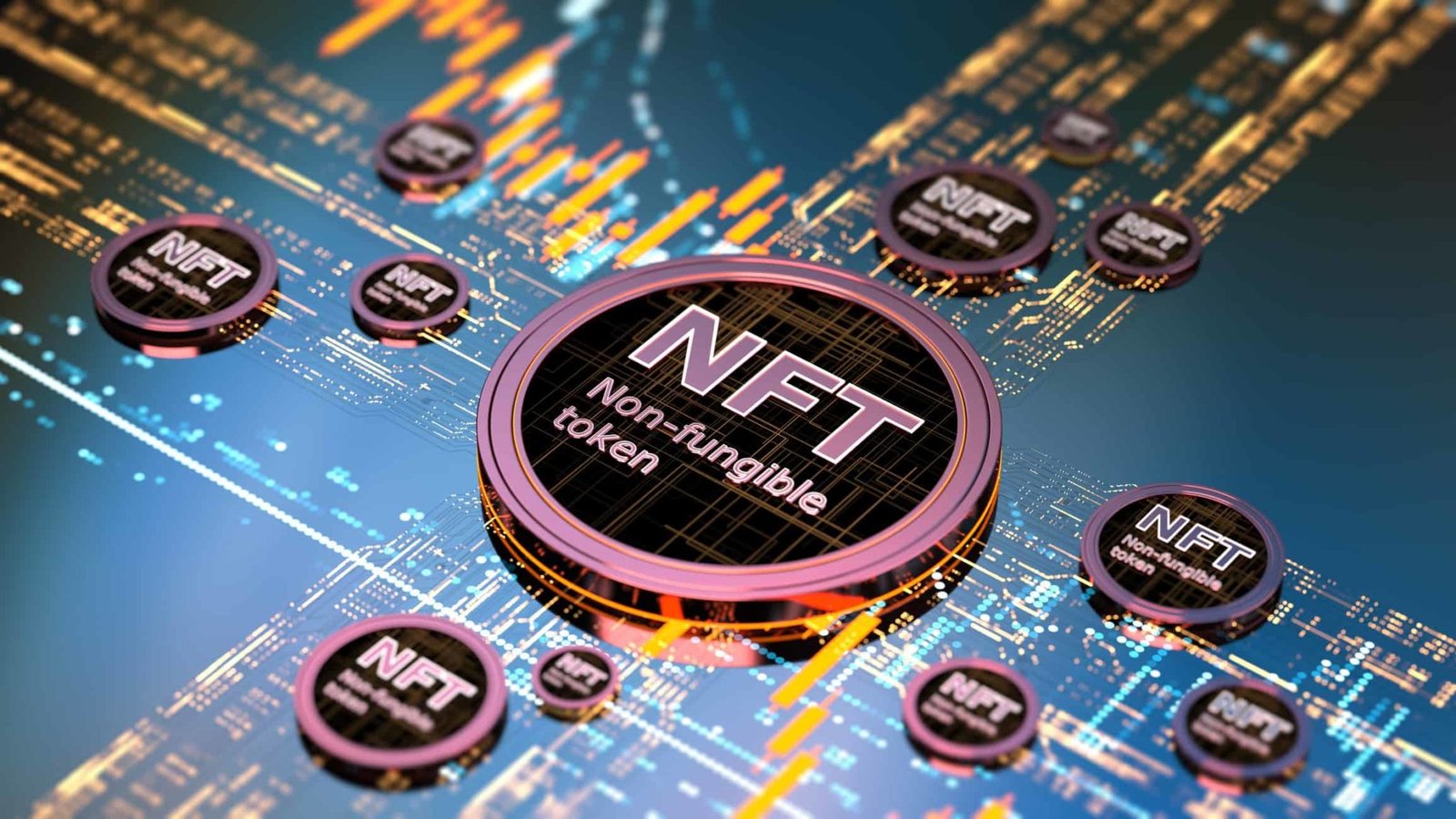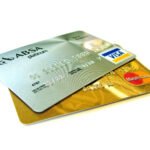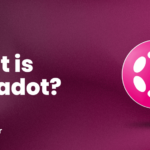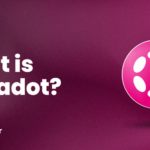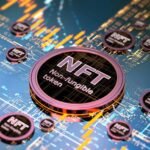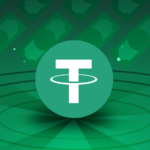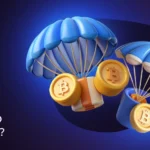What Are Non-Fungible Tokens (NFTs)?
Definition and Instances of Non-Fungible Tokens (NFT)
NFTs are tokens offering responsibility for resources. This proprietorship is then checked through calculations on the blockchain. Most NFTs utilize the Ethereum network for confirmation.
Some follow the starting points of NFTs back to tokens called Hued Coins in 2012. Shaded coins were basically bitcoins that were “hued” to give them exceptional properties to recognize them from the remainder of bitcoins and had esteem free of the assumed worth of the hidden bitcoin.1
From that point they advanced to CryptoPunks, carefully created characters and the primary NFT on the Ethereum network in 2017. In any case, NFTs became famous somewhat later in 2017 with the coming of Cryptokitties, a computerized gaming stage on the Ethereum organization, that permitted purchasing, selling, and rearing of computerized felines. The frenzy got on soon enough and in 2018, a Cryptokitty sold for 600 Ethereum — what might be compared to $170,500.23
In Walk 2021, a CryptoPunk sold for 4,200 Ethereum or what might be compared to $7.57 million.4
You might have seen NFTs in the news, for example, work of art, significant games exchanging cards, or PC produced symbols. Numerous craftsmen and other creatives are delivering unique works for circulation as NFTs.
Toward the beginning of Walk 2021, Twitter Chief Raise Dorsey put his very first tweet from 2006 available to be purchased as a NFT.5 It sold for $2.9 million almost 2.5 weeks later.6
How Do Non-Fungible Tokens Function?
You can consider a non-fungible token the verification of responsibility for resource that is checked by the blockchain. Blockchain resembles an electronic record of exchanges that fills in as a record of NFT possession. Each exchange on the blockchain is checked by PCs across the world by tackling muddled numerical questions.
Art and other creative industries that might otherwise be vulnerable to unauthorized copies and fraud might benefit from using Art NFTs. NFTs can possibly restrict this sort of misrepresentation.
Sports
Sports memorabilia frequently has high collectible worth and NFTs may not just proposition fans a method for improving the experience, yet additionally give a method for demonstrating credibility and responsibility for high-esteem memorabilia. For instance, NBA Top Shot barters NFTs of player minutes during games.7 There may likewise be a utilization case for NFTs in the tagging of games.
Authorizing or Brilliant Agreements
NFTs have applications in authorizing contracts regarding licensed innovation. This might offer strong open doors for proprietors of different kinds of protected innovation to permit the utilization of these resources. The utilization of blockchain to store these agreements might assist with guaranteeing that all clients know about proprietorship and constraints on the utilization of these resources, for example, the sovereignties paid on the utilization of music. For instance, the first proprietors or makers of the EulerBeats Firsts actually acquire a 8% eminence each time the NFT is sold on.8
Land
In the land world, a NFT can be the computerized image of proprietorship on a blockchain network. For instance, rather than a paper deed expressing that you own a solitary family house, you could have a NFT showing your responsibility for house. In terms of access ease and security, this may provide some benefits.
Outstanding NFT Exchanges
It appears like another NFT springs up each day. In February 2021, a feature clasp of a vital dunk by NBA star LeBron James sold for $208,000.9 The band Lords of Leon delivered a collection in NFT design in Spring 2021.10 The sorts of resources that can be digitized as a NFT appear to be restricted exclusively by what the personalities of creatives and organizations can imagine.
Non-Fungible Tokens versus Digital currency
NFTs frequently get generalized with the likes of digital currencies like Bitcoin. Both use a blockchain network, yet there are numerous distinctions.
Note
The greatest contrast between the two is fungibility. Because they are fungible tokens, cryptocurrencies can be exchanged. NFTs, as the name recommends, are non-fungible and hence can’t be traded.
“One bitcoin in a computerized wallet is exchangeable for another bitcoin in an alternate wallet on the grounds that each bitcoin has a similar worth and use,” a gathering of legal counselors from Latham and Watkins LLP wrote in a blog entry in Walk 2021. ” NFTs, then again, are coded to have extraordinary IDs and other metadata that no other token can reproduce. This provides NFTs with the qualities of creativity and shortage that make them so alluring when combined with advanced media.”
Non-Fungible Tokens (NFTs) Cryptocurrencies
Each NFT is interesting and can’t promptly be traded for a comparable token Bitcoin or other digital currencies can be traded for digital forms of money of a similar worth
NFTs are sold on yet not exchanged like protections on computerized exchanges Cryptocurrencies can be exchanged similar as protections
NFTs are not a vehicle of trade for purchases Many kinds of digital currencies can be utilized to make acquisition of actual things like vehicles
Advantages and disadvantages of NFTs
Stars
Novel distinguishing advanced labels make it challenging to fake NFTs
A method for creatives to acknowledge esteem from their work on the web
Online buy and capacity of NFTs might reduce a few worries associated with actual collectibles
Cons
Acquired prominence in 2020 and 2021, with costs driven higher by theorists
Online security might be an issue
Might be mistaking for purchasers and venders who are new to blockchain and related innovation
How It Affects Individual Financial backers
First off, wonder why you’d need to purchase a NFT. Do you want an NFT as an investment or as a collectible?
This could assist you with understanding how much cash you’re willing to spend and how much gamble you’re willing to take on.
Considering that the worth of the NFT relies upon shortage and what you’re willing to pay for it, NFT costs are incredibly unstable. For instance, as per NonFungible.com, the typical resource cost of a NFT dropped from $3,932 in February 2021 to $1,426 in late March.11 That is a decay of almost 64%.
One more viewpoint to remember while considering purchasing a NFT is the gas expense. All exchanges should be confirmed by the organization. The gas charge is expected to direct this confirmation and can essentially be invested as a proportion of computational energy fundamental for the cycle. Gas charges can add to your expense of purchasing the NFT, however, and can be significant.
Note
Financial backers ought to likewise know about fraudsters and tricks including NFTs. These could be as imitation stores that mimic real sites, fake NFTs, and even giveaways.
Considering that NFTs themselves are still genuinely new, the administrative structure for them additionally stays muddled, however it is starting to advance.
There’s additionally whether NFTs are protections. The Protections and Trade Commission (SEC) doesn’t regard all computerized resources as securities.12 As indicated by Latham and Watkins LLP, NFTs that comprise craftsmanship and collectibles ought not be viewed as protections, yet that should be assessed on a one case at a time case basis.13 There’s likewise the possibility that this could change as the utilization of NFTs develops over the long run.
